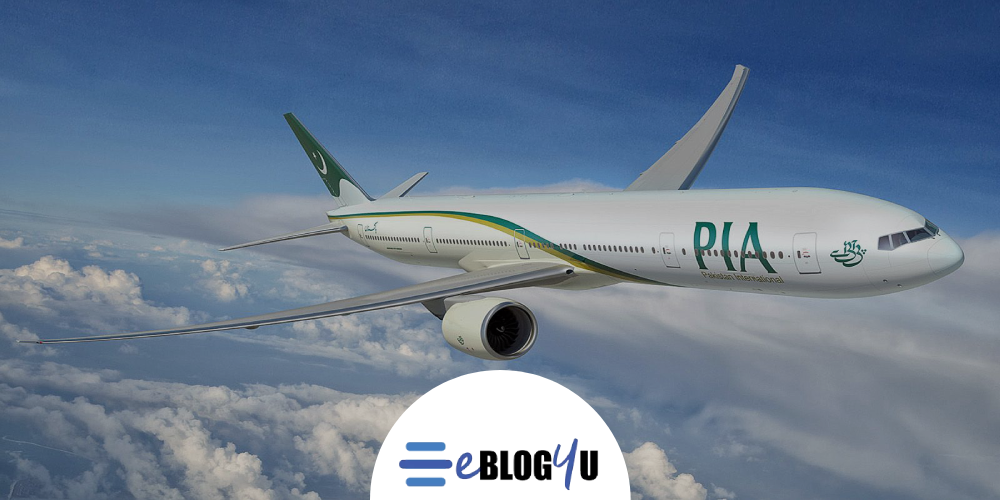In 2022, PIA reports a significant loss of more over Rs. 97 billion
The national carrier, Pakistan International Airlines (PIA), has disclosed its financial results for 2022, indicating a huge deficit over Rs. 97 billion. Concerns about the airline’s financial health and viability have been raised by this discovery among stakeholders, shareholders, and members of the public. In this essay, we examine the circumstances that led to PIA’s significant loss and talk about the possible repercussions for both the business and the aviation sector as a whole.
The significant loss PIA experienced in 2022 was the result of a number of causes. First off, the ongoing COVID-19 epidemic has had a significant negative influence on aviation worldwide. Airlines worldwide had a substantial reduction in revenue as a result of travel restrictions, decreased passenger demand, and operational difficulties. PIA was no exception, suffering a sharp decline in passenger traffic that led to huge financial losses.
Additionally, PIA has been battling enduring structural problems like ineffective operations, out-of-date corporate procedures, and expensive operating expenditures. Mismanagement, a lack of strategic planning, and problems with organisational governance have made these problems worse.
Additionally, PIA’s ageing fleet and maintenance problems have raised costs and caused operating inefficiencies. The airline’s capacity to operate at peak levels has been hampered by high maintenance expenses and frequent aircraft groundings, which has led to lower revenue and larger losses.
The significant loss that PIA announced in 2022 has a number of repercussions for the business and the larger aviation sector. First of all, it raises questions about the national carrier’s sustainability and financial viability. The airline’s capacity to invest in fleet modernization, infrastructure improvement, and employee welfare is hampered by such losses.
Furthermore, the loss would undermine investor trust in PIA and make it more difficult for the airline to obtain the funding it needs for current operations and future expansion. It might also have an impact on the airline’s credit standing, making it harder for it to get loans or raise money.
Additionally, PIA’s financial performance can affect how the world views Pakistan’s aviation industry as a whole, which might discourage other airlines from partnering with one another or entering into codeshare arrangements. As a trustworthy and financially sound national carrier is necessary for enabling air travel and boosting connectivity, it may also impede the growth of tourism and foreign investment in the nation.
The COVID-19 pandemic, internal operational problems, and excessive expenditures are all factors that contributed to PIA’s large loss of about Rs. 97 billion in 2022. In order to attain financial stability and preserve its long-term existence, PIA must address these underlying issues. To achieve strategic changes, boost operational effectiveness, and create a sustainable economic model for the national carrier, the government, stakeholders, and management must collaborate. By doing this, PIA can better manage the complex aviation environment, increase its competitiveness, and support the expansion of Pakistan’s aviation sector.



